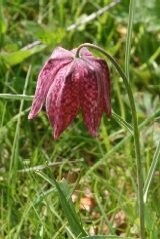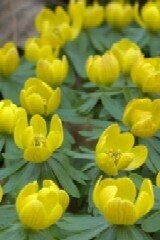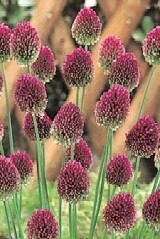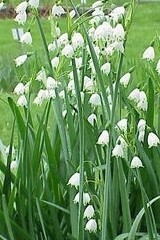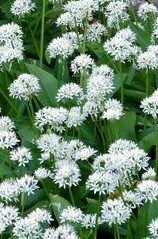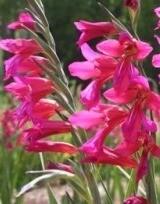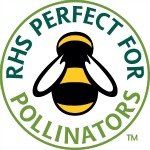Snakeshead Fritillary Dormant Bulbs
Snakeshead Fritillary
Fritillaria meleagris
Delivery from September 2025
This is one of our most beautiful wild flowers, named after the snake-skin pattern and the shape of its bud before it opens. It is a medium plant (20-40cm), with nodding, chequered-purple flowers appearing in April and May. Occasionally, some of the flowers vary in colour from pink or brownish purple to white. It prefers damp soil and the plants shouldn't be allowed to dry out in the summer. It is suitable for naturalising in grass, dappled shade and open woodland.
More Information:
Other Names : Fritillary
Distribution : It was once common in wet meadows in the South of Britain , but draining, ploughing and fertilisers have greatly reduced the sites where the massed blooms appear in the wild.
Habitat : It prefers damp soil and the plants shouldn't be allowed to dry out in the summer. It is suitable for naturalising in grass, dappled shade and open woodland.
Description : Perennial. It is one of our most beautiful wild flowers, named after the snake-skin pattern and the shape of its bud before it opens. It is a medium plant (20-40cm), with nodding, chequered-purple flowers appearing in April and May. Occasionally, some of the flowers vary in colour from pink or brownish purple to white.
Wildlife: The flowers are very attractive to bees.
Planting Instructions for Dormant Bul b s i n a u t u m n : The size of the bulb will determine how deeply it should be planted. Generally, the depth of soil above the bulb should be equal to the height of the bulb, but there are exceptions. Snakeshead Fritillary should be planted at least 10cm below the soil surface to avoid depredations by mice and other rodents.
Plant the bulbs as soon as possible upon receipt.
These bulbs were grown in Britain from cultivated stock.
Wild Flower Shop - All rights reserved. Wild Flower Plants, Plugs, Bulbs, Pond Plants, Seeds & Meadow Mixes.

